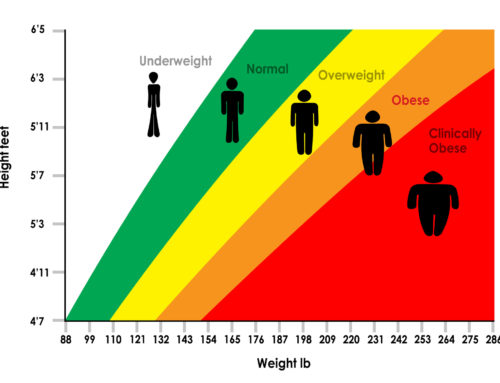Exerted from my recent Facebook post;
I have said it on several occasions that RX or prescribed is an inaccurate term even though the non-medical meaning of the word means to;
Merriam-Webster
intransitive verb
1: to lay down a rule : dictate
2: [Middle English, from Medieval Latin praescribere, from Latin, to write at the beginning] : to claim a title to something by right of prescription
3: to become by prescription invalid or unenforceable
transitive verb
1 a : to lay down as a guide, direction, or rule of action : ordain
b : to specify with authority
How are crossFit workouts RX? I guess they’re RX because CF dictates the modality and its parameters. Or maybe it is because once you perform the workout and win you are able to claim title through that prescription. Or maybe it is because CF lays down a guide, direction or rule of action to follow just like other sporting events. Or lastly because CF is the ruling authority over all things CF.
Outside the world of competitive CF, the RX model of training has limited long term value. What? Yes, that is what I said, “limited long term value.”
If you are attempting to maximize fitness with minimal risk and maximum results, RX workouts should be limited and could be holding you back. That is the take home of this blog! CF has to use RX because it is a general measuring stick as to set standards, rules and determine who is the best at CF. But, for training purposes, I think RX workouts should be limited and not the bread and butter to your training regime. What should be a part of your regular training regime, is strength barbell loads that represent a measurement or percentage ratio of your 1, 3, and 5 rep max, olympic lifting loads that are also % of your max of that movement and then as an adjunct, metabolic conditioning at all ends of the spectrum, short, medium and long duration, light and heavy.
Let’s say you walk into your box (gym) and there is an RX WOD that is 4 rounds for time 145# thrusters 5 reps and 15 pull-ups. Unless, you are using that WOD as a gauge for competitive capacity or comparison to the cohort around you, why else would you do it? You shouldn’t and here’s why. If you’re looking for the greatest rate of return on your fitness investment, why not use load that represents what domain of fitness you or your coach are trying to develop; strength, stamina, strength-endurance, endurance, etc…? Instead, we struggle or sail through WOD after WOD not really knowing what we’re trying to achieve other than the holy grail of competition and “supposed” capacity. We can, and need to be, more specific for the majority of our training. Corporate fitness is great when it comes to developing competition and community, but it may not be the best approach for delivering the best in fitness.
So, here is what I propose, work with your coach to do 3-4 training sessions per week that involve relative values to your capacity and targeted area of improvement, and then 1-2 times per week test it with a WOD that can benchmark you against your cohorts or even a larger community. Here’s an example of how this is done.
Programming flows with 3-4 WOD’s during the week that incorporate strength, strength endurance or power using the correct reps, sets and also load values. An example of a WOD that would achieve strength and power improvement would be; 5 Rounds for time 250m row, 4 cleans @ 75%, 20 box jumps 24″ box. The clean load is at the margin of where we can attack strength, but we are also pre-fatiguing the hips with the row and then hitting them harder with the box jumps. Now, obviously we can attack strength with pure barbell movement workouts, back squat, front squat, shoulder press, etc…We can also work explosive movement and power with concentrated olympic lifting. In conjunction with these 3-4 WOD’s per week, we the incorporate 1-3 benchmark type WOD’s that give the athlete what they perceive as a level playing field. Fran might be an example of this type of WOD. These WOD’s are then performed to measure athlete’s capacity related to standardized loads and measures that reflect the fitness level of the greater community.
Here’s the rub that I have been hearing from some guys, and yes usually it is guys. The bigger athletes complain that if you program WOD’s that have percentages of max, then they have to lift heavier loads and thus do more work. Yes, they do more absolute work. But, if we are truly loading say 75% of their max, then that 75% is the same relatively for the smaller athlete. 75% of a 1RM is 75% of a 1RM! The smaller athlete could also complain that the dead lift ladder automatically programs him out of the game because he/she just can’t lift as much weight due to their size. Ultimately, what we’re trying to do here is get better! Not just train in a world of false competitiveness, but improve our fitness levels with the greatest efficiency. By adhering to this type of programming model, I believe that the following things happen; fitness develops at a faster rate, there is a reduced risk of injury, and competition can still be nurtured and elevate the community.
The more that I train athletes, the more I realize how I want to deliver the best results at an individualized level. I also realize that not every athlete can afford personal training or programming. By coaches providing this type of programming, they can still train in a corporate environment and get more individualized results.





Really good advice.
I’m pumped about the individualized loads. Time to push harder.